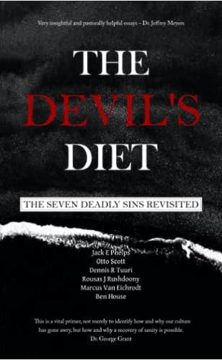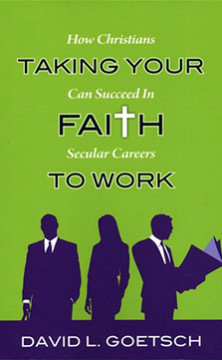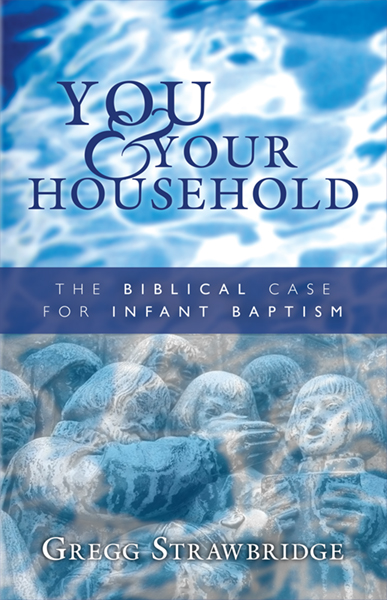With all the confusion in the world, people are looking for something … anything really … that seems sane and stable. Politically, the left has shown their certifiable insanity by not only having economic policies that destroy but doubling down on them every chance they get. “Gender dysphoria” is accepted as someone’s personal journey and not something to be corrected by confrontation with absolutes such as, “No, son, you are not a girl. You are a boy, and you will act like one.” Our government acknowledges Pride Month, recognizing deviant sexual lifestyles as praiseworthy.
Amid all this chaos, there are political conservatives, masculine and feminine online influencers, and fundamentalist non-Christian religions that seem to acknowledge realities that the woke left rejects: the absolute distinctions between the sexes and masculine and feminine roles. People hungry for sanity will eat from Christless garbage cans because they see that the only alternative is the sewage of the left. Not much of a choice. As good as some conservatism and fundamentalism may be in some respects, if they are Christless, then they don’t deal with the real problem of mankind.
(more…)
























